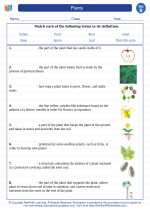What are Stomata?
Stomata are small pores found in the epidermis of leaves and stems. They are surrounded by two specialized cells called guard cells, which control the opening and closing of the stomatal pore.
Functions of Stomata
Stomata have several important functions:
- Gas Exchange: Stomata allow for the exchange of gases such as carbon dioxide, oxygen, and water vapor between the plant and the surrounding atmosphere.
- Transpiration: Stomata release water vapor from the plant through a process known as transpiration, which helps to regulate the plant's water balance.
- Photosynthesis: Carbon dioxide, which is necessary for photosynthesis, enters the plant through the stomata.
Structure of Stomata
Stomata consist of two guard cells that surround a central pore. When the guard cells are turgid (swollen with water), the stomatal pore opens, allowing for gas exchange and transpiration. Conversely, when the guard cells are flaccid, the pore closes, reducing water loss.
Regulation of Stomatal Opening
The opening and closing of stomata are regulated by various factors, including light, humidity, carbon dioxide levels, and the plant's internal water status. For example, during photosynthesis, the stomata open to allow carbon dioxide to enter the leaf. Conversely, in dry conditions, the stomata close to conserve water.
Importance of Stomata
Stomata are crucial for the survival of plants, as they facilitate gas exchange, regulate water loss, and enable photosynthesis to occur. Understanding the structure and function of stomata is essential for comprehending how plants maintain their physiological processes.
[Stomata] Related Worksheets and Study Guides:
.◂Science Worksheets and Study Guides Second Grade. Plants

 Activity Lesson
Activity Lesson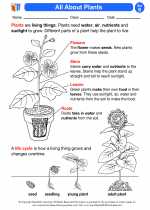
 Activity Lesson
Activity Lesson
 Worksheet/Answer key
Worksheet/Answer key
 Worksheet/Answer key
Worksheet/Answer key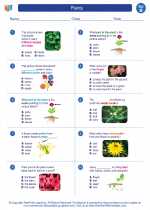
 Worksheet/Answer key
Worksheet/Answer key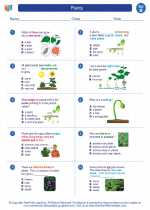
 Worksheet/Answer key
Worksheet/Answer key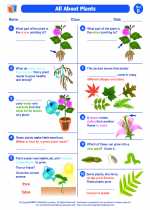
 Vocabulary/Answer key
Vocabulary/Answer key
 Vocabulary/Answer key
Vocabulary/Answer key